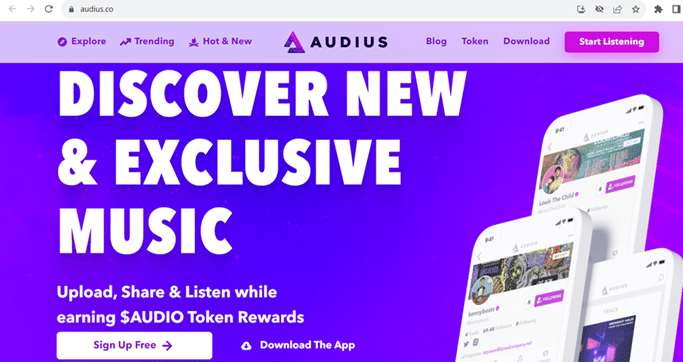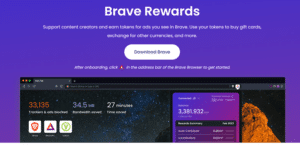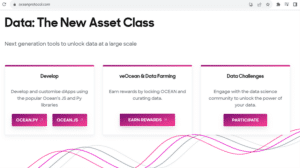Decentralized Applications (DApps) have become a prominent force in the tech industry, reshaping the way businesses operate and services are delivered. As these applications become increasingly pronounced, developers and entrepreneurs often ask, how can the disruptive power of DApps be harness to create sustainable revenue streams? In this comprehensive article, we will navigate the multifaceted avenues of monetizing decentralized applications. From tokenization and subscriptions to transaction fees and beyond. Through concrete examples and real-world use cases, we’ll unravel the strategies that are shaping the profitable future of DApps. We offer valuable insights for those seeking to pioneer in this exciting frontier.
1. Tokenization
Tokenization refers to the process of issuing digital tokens within a DApp’s ecosystem. These tokens can represent value and enable users to access specific features or services.
- Utility Tokens: Utility tokens give users access to the DApp’s services. For instance, Filecoin’s native token is used to purchase decentralized storage on their network. Source ( Filecoin Whitepaper )
- Security Tokens: Security tokens represent ownership or a share in the company’s revenue. Polymath is an example of a platform that enables the issuance of security tokens (Source: [Polymath Whitepaper]
- NFTs (Non-Fungible Tokens): NFTs are used to represent ownership of unique digital or physical assets, such as artwork or real estate (Source: [ NFT Bible ]
2. Subscriptions
Subscriptions are recurring payments for ongoing access to a DApp’s features or content. By using smart contracts, DApps can enforce subscription agreements in an automated and transparent manner.
- Tiered Access: Users pay for different levels of service, as seen in the decentralized streaming platform Audius
Audius-a-decentralized-application-with-tiered-access - Freemium Models: Offering basic services for free while charging for premium features can attract a broader user base. Gitcoin offers a freemium subscription model that supports open-source development
3. Transaction Fees
Transaction fees are charged for specific actions within the DApp, like trades or transfers.
- Dynamic Fee Structures. Dynamic fee structures refer to a pricing model where fees can change based on a set of variables or conditions, rather than being fixed. This flexibility allows the fee to adapt to different circumstances, often in real-time, to ensure an optimal balance between the service provider’s costs and the user’s willingness to pay. Platforms like Uniswap Protocol utilize dynamic fees that adjust based on network congestion and other factors ( Read the source: Uniswap Docs )
- Flat Fees: A fixed fee for every transaction. An example is the prediction market platform net ( Read the source Augur Whitepaper )
- Fee Sharing: Some DApps redistribute transaction fees among users or stakeholders. The decentralized exchange SushiSwap shares fees with liquidity providers ( Read the source: SushiSwap )
4. Staking and Yield Farming
Staking allows users to lock their tokens in a smart contract in exchange for rewards or interest. Yield farming is a more complex form of staking where users can earn returns by lending or providing liquidity. These strategies can generate revenue for the platform and also for the users. Examples include DeFi platforms like Aave and Compound.
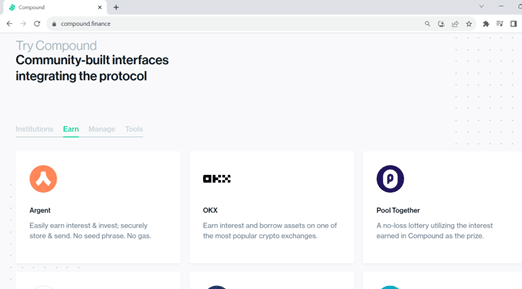
5. Sponsored Content or Partnerships
DApps can collaborate with brands or other platforms to deliver sponsored content or advertisements., This approach has to be carefully balanced to ensure user trust and alignment with decentralization principles. One example is Brave Browser and the Basic Attention Token (BAT). Brave Browser, which integrates with decentralized applications, has partnered with brands like Verizon, Newegg, and Amazon to provide targeted advertisements to users.
Users who choose to view ads are rewarded with BAT, a native cryptocurrency. This collaboration aligns with the decentralized principle of user control and privacy, allowing users to opt into advertisements and be rewarded for their attention. It also creates a revenue stream for the developers of the Brave Browser and the BAT ecosystem (Source: BAT Whitepaper, Brave Partnerships).
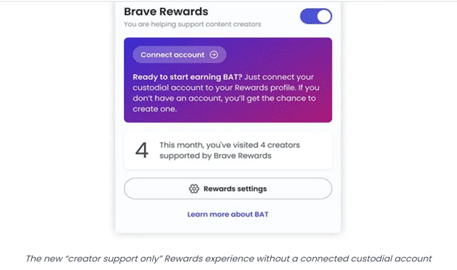
6. Data Monetization
With explicit consent and adherence to privacy laws, some DApps may offer users the ability to monetize their own data. By allowing users to have control over and monetize their data, it aligns with the decentralized ethos of empowerment and privacy.
One use case of such a DApp is Ocean Protocol. A decentralized data exchange that allows individuals and organizations to buy and sell data without losing control over it. Through blockchain technology and smart contracts, Ocean Protocol enables data providers to set pricing and control who accesses their data.
Ocean-Protocol-a-decentralized-data-exchange-that-allows-individuals-and-organizations-to-buy-and-sell-data-without-losing-control-over-itOne example, is where a researcher in the field of healthcare can access anonymized medical data from patients who have opted to sell their data through Ocean Protocol. The patients retain control over their information, set the terms of the sale, and are compensated when their data is accessed. This decentralized approach ensures transparency, control, and fair compensation for data providers, all while facilitating valuable research and analytics. Such an approach opens up new opportunities for individual users, data aggregators, and analysts alike, creating a decentralized marketplace that balances privacy and accessibility (Source: Ocean Protocol).
7. Crowdfunding
Some DApps may choose to crowdsource funds through their community. This model allows users to contribute financially to the development and maintenance of the DApp, often in exchange for tokens or other incentives.
CardStarter is a decentralized accelerator and swapping platform on the Cardano network. It serves as a launchpad for new projects, facilitating crowdfunding in the Cardano ecosystem. Projects can utilize CardStarter to raise capital through a decentralized Initial DEX Offering (IDO), allowing community members to purchase tokens in the early stages.
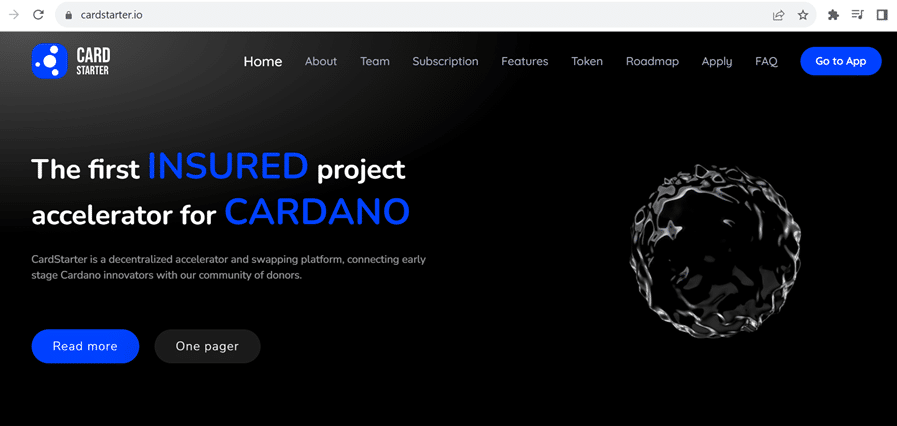
A new DeFi project planning to launch on Cardano can use CardStarter to present its vision, technology, and tokenomics to the community. Interested supporters can contribute ADA (Cardano’s native cryptocurrency) or other accepted tokens to the project’s crowdfunding campaign, often receiving the project’s native tokens in return. By leveraging the Cardano blockchain’s smart contract capabilities, CardStarter ensures a transparent, secure, and decentralized crowdfunding process.
This model aligns with the decentralized principle of community engagement and democratized access to investment opportunities, allowing the broader community to have a stake in the success of new projects
8. Licensing and Enterprise Solutions
DApps may develop specialized solutions or features that can be licensed to other businesses or platforms. Providing enterprise-grade solutions or APIs can be a lucrative strategy, especially for DApps targeting the B2B market.
Chainlink is one such DApp, a decentralized oracle network that provides real-world data to smart contracts on the blockchain. Recognizing the critical need for accurate, reliable, and tamper-proof data, Chainlink offers enterprise-grade solutions that can be licensed to various businesses, platforms, and even other decentralized applications.
Take for example, a financial services company aiming to create a decentralized application for automating insurance payouts might require real-time weather data to determine whether certain conditions are met (such as in the case of crop insurance). Chainlink can provide the necessary data feeds through its decentralized network of oracles, ensuring the data’s accuracy, reliability, and integrity.
Chainlink illustrates the potential for DApps to provide specialized, industry-specific solutions through licensing models
9. Marketplace and E-commerce Models
Decentralized marketplaces enable transparent and direct peer-to-peer transactions. By removing intermediaries, they can offer more control, privacy, and financial incentives to both buyers and sellers.
OpenBazaar and Origin Protocol are references of two such DApps. Origin Protocol provides a platform for building peer-to-peer marketplaces using the Ethereum blockchain. It aims to enable both large and small sellers to create their own decentralized shops to offer goods and services directly to consumers.
A decentralized home-sharing network similar to Airbnb can be created using Origin Protocol. Homeowners can list their properties directly, and travelers can book them without the need for a centralized entity to manage the listings or process payments. Both parties can interact directly with each other, agree on terms, and conduct transactions through smart contracts.
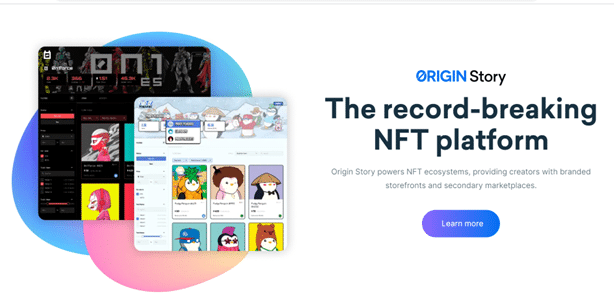
Origin Protocol supports multiple currencies, offers a decentralized dispute resolution process, and integrates with the InterPlanetary File System (IPFS) for decentralized data storage. All of these features contribute to a more transparent, secure, and efficient marketplace that aligns with the principles of decentralization.
Conclusion
The monetization of DApps is multifaceted, requiring thoughtful design and alignment with the DApp’s goals and user base. Whether employing tokenization, subscriptions, or transaction fees, these models offer unique benefits and challenges. The examples provided illustrate the innovative ways DApps are leveraging these strategies to create sustainable revenue streams.
By embracing the decentralized nature of the technology and tailoring the monetization strategy to the specific needs and expectations of the user community, DApps can find the right balance that rewards developers and offers value to users.
For further reading and a deep dive into these strategies, consult the following resources:_
- Token Economy by Shermin Voshmgir ([Amazon Link](https://www.amazon.com/Token-Economy-Shermin-Voshmgir/dp/3982106016))
- Introduction to Decentralized Finance by Fabian Schär ([Link to Paper](https://papers.ssrn.com/sol3/papers.cfm?abstract_id=3571335))
- Mastering Blockchain: Unlocking the Power of Cryptocurrencies, Smart Contracts, and Decentralized Applications” by Imran Bashir ([Amazon Link](https://www.amazon.com/Mastering-Blockchain-Cryptocurrencies-Contracts-Decentralized/dp/1787125445))

